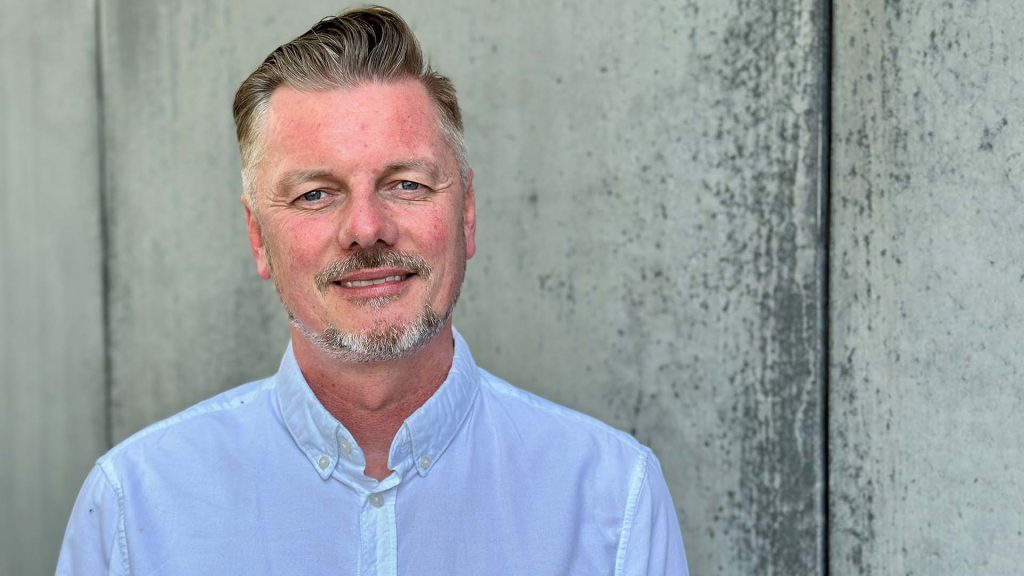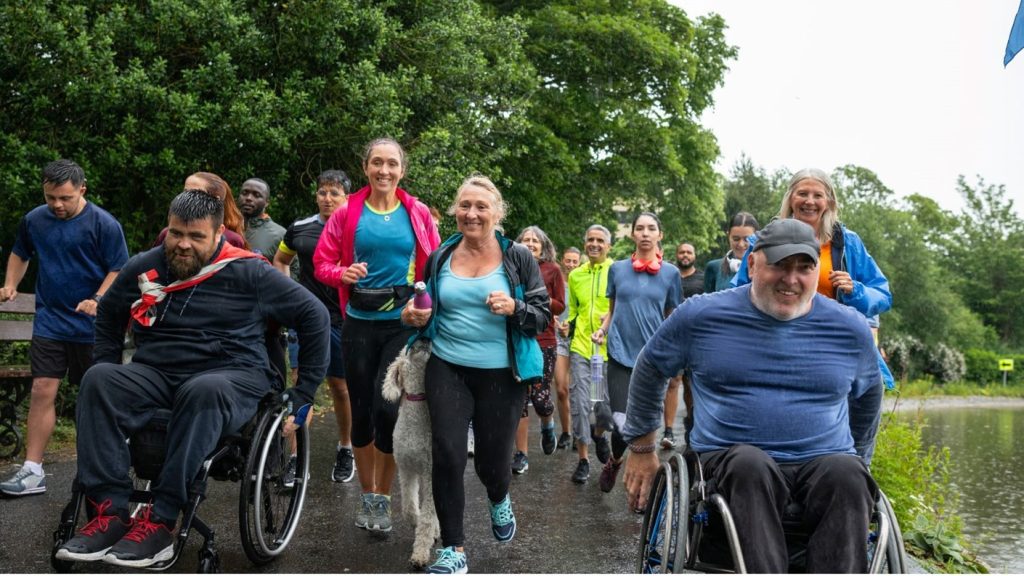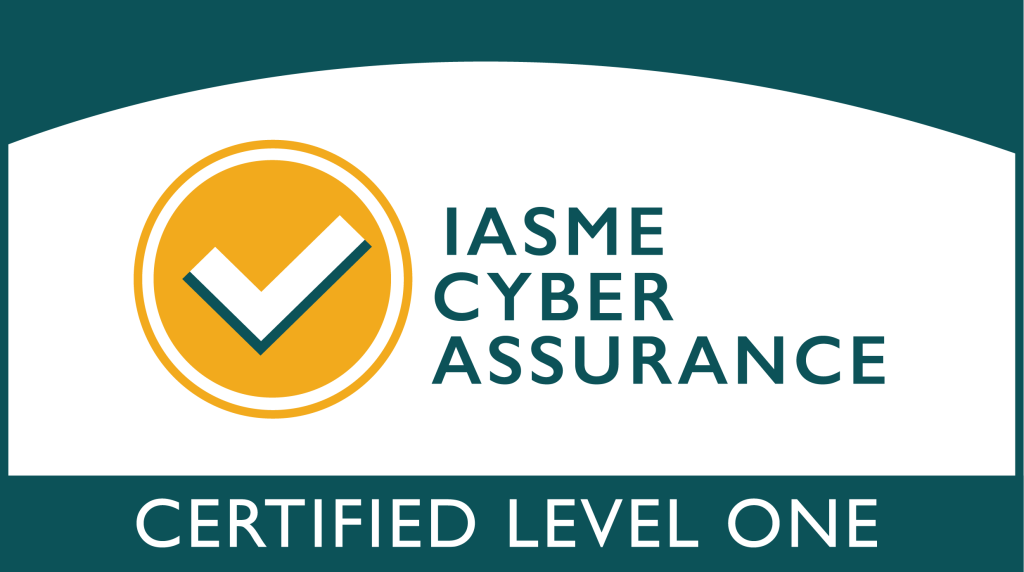Over 9.2 million people (16-64 year olds) were economically inactive during the second half of 2024, which equates to just over 21% of the population. Colin Huffen, Associate Director of Policy and Professional Services at CIMSPA, explores the role that physical activity plays in addressing this issue, something which is integral to the government’s plans for economic growth.
“The term ‘economically inactive’ refers to people who are not engaged in paid work or actively seeking employment. This group includes a diverse range of people, including those that are retired, full-time carers, students and those experiencing long-term health conditions.
Let’s take a look at how that 9.2 million is made up, based on ONS statistics for August-October 2024:
- A quarter are students.
- Close to 12% are retired.
- Just over 18% are looking after family/home.
- 2% are temporarily ill.
- 11% do not need or want to work, are waiting the outcome of job applications, have not started looking for work or have not given a reason for being economically inactive.
- 3% are classified as ‘discouraged workers’ who are not looking for work because they believe that there are no jobs available.
- 30% have long-term health conditions.

The same official statistics release shows us that of those 9.2 million people, 20.5% want a job – that’s 1,893,000 people.
So, while government plans to address economic inactivity – as set out in the Get Britain Working white paper released late last year – progress, it’s worth exploring the role that we have as a sector in supporting those who are economically inactive, particularly those who want a job.
The latest Active Lives report found that just over a quarter of adults are physically inactive and there is undoubtedly a correlation between physical and economic inactivity, with the least affluent and those people living in areas of deprivation being more likely to be physically inactive.
While economic re-engagement often dominates discussions around this demographic, there is a broader, compelling conversation to be had about the transformative power of physical activity to improve lives, including of those who are economically inactive. Creating and maintaining a culture of activity and movement can be a game-changer for both individuals and communities.
Too often the power of physical activity can be overlooked by significant portions of the population, and sadly that sometimes includes some of those responsible for setting and implementing policy.
Physical activity is not just a means to physical fitness, it is a catalyst for general wellbeing and good health. It impacts the body, the mind and the social fabric of our lives. This is especially important for economically inactive individuals.
The benefits of regular activity and movement can be immense
- Mental health conditions are prevalent among those who are economically inactive. 53% of those inactive because of long-term illnesses reported that they had depression, bad nerves or anxiety, with the majority (over 1 million) reporting it as a secondary health condition rather than their main one. We know that physical activity stimulates the release of endorphins and facilitates neuroplasticity, which helps our brain to manage stress more effectively. When we couple this with other benefits such as the sense of routine and purpose that comes with regular activity, which can counteract feelings of isolation and stagnation often experienced by this group, physical activity becomes an essential means of managing these conditions and supporting people to feel able to engage economically.
- The physical benefits of activity are well documented, but for economically inactive individuals, they extend beyond ‘fitness’. Regular activity and movement helps people to manage chronic conditions such as diabetes, arthritis, musculoskeletal conditions and cardiovascular illnesses – conditions that disproportionately impact this demographic. For those economically inactive because of long-term illnesses, nearly two-fifths reported having five or more health conditions, suggesting that many have interlinked and complex health issues. There is evidence showing that low-impact activities like walking and swimming can enhance mobility, reduce pain and boost energy levels. And as people engage regularly in this type of activity, we know that their stamina, strength and motivation to do more builds.
- Loneliness and isolation are invisible epidemics, especially for those who have health conditions. Physical activity provides opportunities to connect with other people, whether through community walking groups, exercise classes or recreational sports. These interactions build social capital, creating a feeling of belonging and mutual support that is crucial for overall wellbeing.
Becoming physically active can serve as a stepping stone towards becoming economically active. Improved physical health reduces the impact of chronic illnesses, making individuals more able to manage the demands of work or volunteering. Improved mental health creates resilience, motivation and confidence, which are essential for job seeking and skills and career development. Plus, participation in group activities and classes often leads to networking opportunities, the chance to develop valuable, transferable skills such as communication and teamwork, and potentially volunteering experiences. All of this can improve the employability of individuals.
Despite its benefits, significant barriers prevent economically inactive individuals from engaging in regular physical activity. As a profession, we must work collaboratively with policymakers and other stakeholders to address these obstacles:
- The affordability of accessing activity
- Inclusivity and accessibility of facilities and activity that accommodate individuals with disabilities or health conditions
- Banishing fear of participation with welcoming environments tailored to beginners and diverse populations
- Awareness of local opportunities available
So where should the focus be if we are to address these issues and help more economically inactive people to benefit from being physically active?
We very much need a multifaceted approach
We need GPs and other health practitioners to routinely recommend and prescribe physical activity as part of treatment and condition management plans. There are pockets of great practice that are already gaining traction, but scaling them nationwide will maximise their impact.
We need our workforce to be skilled and knowledgeable in the challenges and barriers that individuals who are both physically and economically inactive face. This is partially about developing expertise within our current workforce through training aligned to specialist population professional standards such as working with inactive people and those with long-term health conditions. However, it’s also about ensuring that we attract and recruit professionals who have lived experience of facing, and overcoming, the barriers that these individuals face.
We need to change some aspects of public perception. Being active doesn’t have to be about high impact through visiting the gym or competing. We need to shine a light on walk and talk groups, seated exercise classes, low-impact aqua, tai chi and more. These activities are the gateway to creating active habits that will be hugely beneficial.
We need authorities to prioritise funding for accessible, inclusive spaces where people can gather and move. Parks, community centres and public transport systems designed with activity in mind will yield long-term benefits.
We need businesses, charities, public services and health organisations to work together to innovate and implement solutions that encourage movement so that it becomes more of a ‘norm’ that is accessible in locations where people are comfortable and confident.
Ultimately, movement is empowerment
Physical activity is not just about health, it is about empowering and equipping people to take control of their wellbeing, build connections and rediscover a purpose. For economically inactive individuals, these changes can be life-altering, opening doors to new opportunities and enriching their quality of life.
The ripple effects of becoming more physically active can lead to economic re-engagement, whether through improved employability, increased confidence, or the development of skills and networks. By supporting and encouraging more people to be active physically, and as a result economically, we can transform not only individual lives but also the collective health, resilience and economic sustainability of our nation.”




